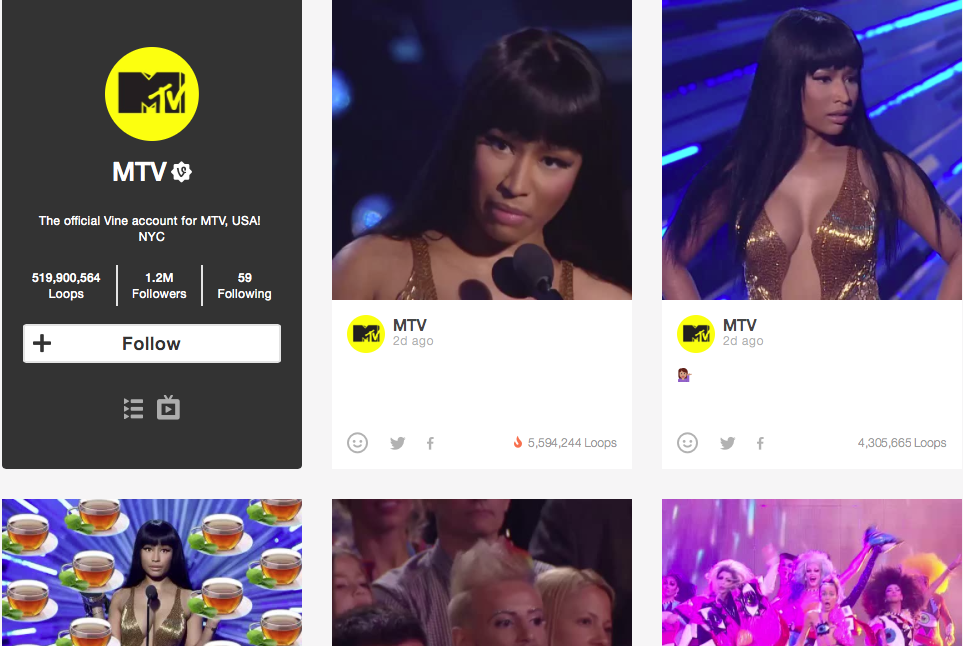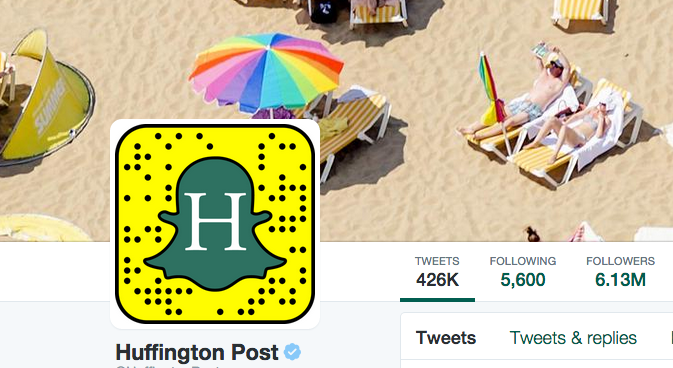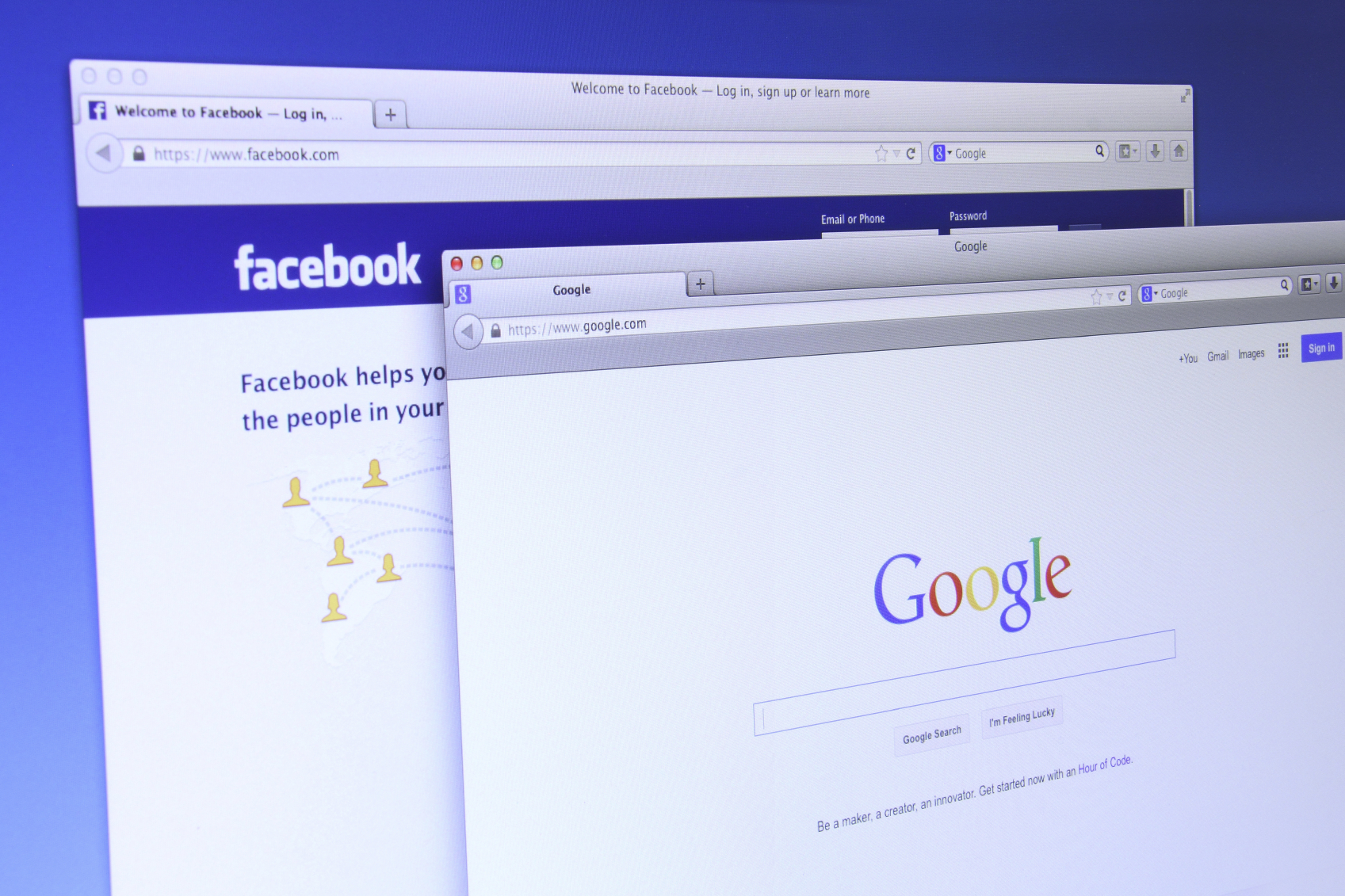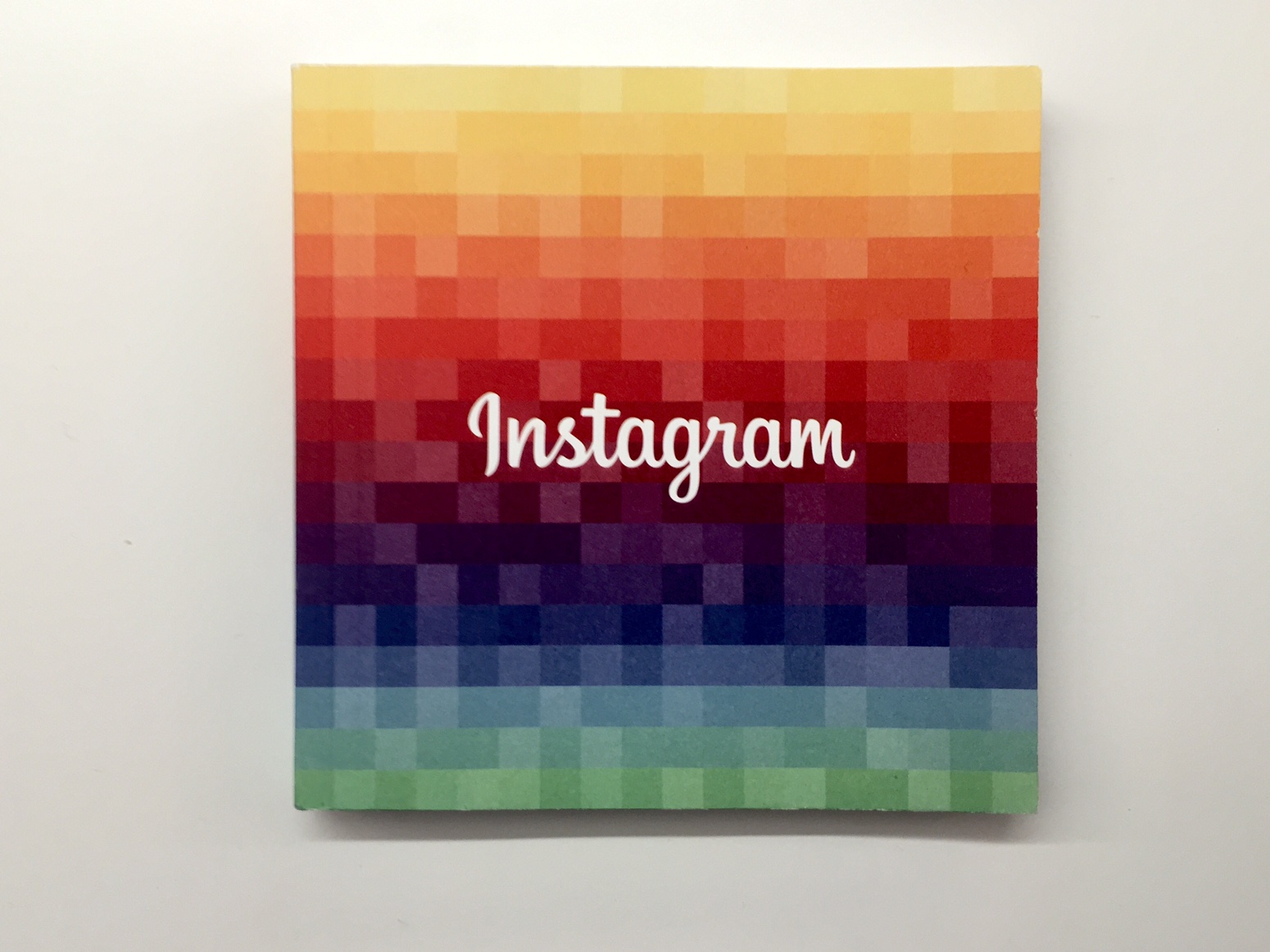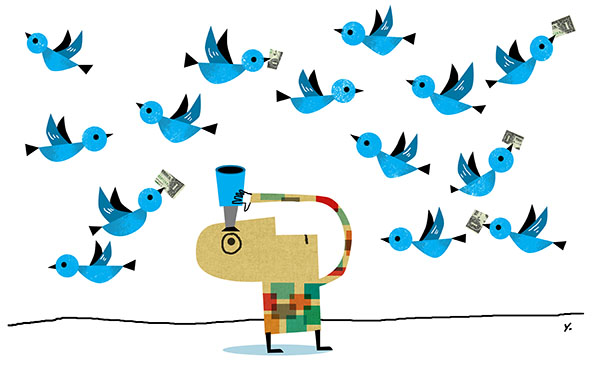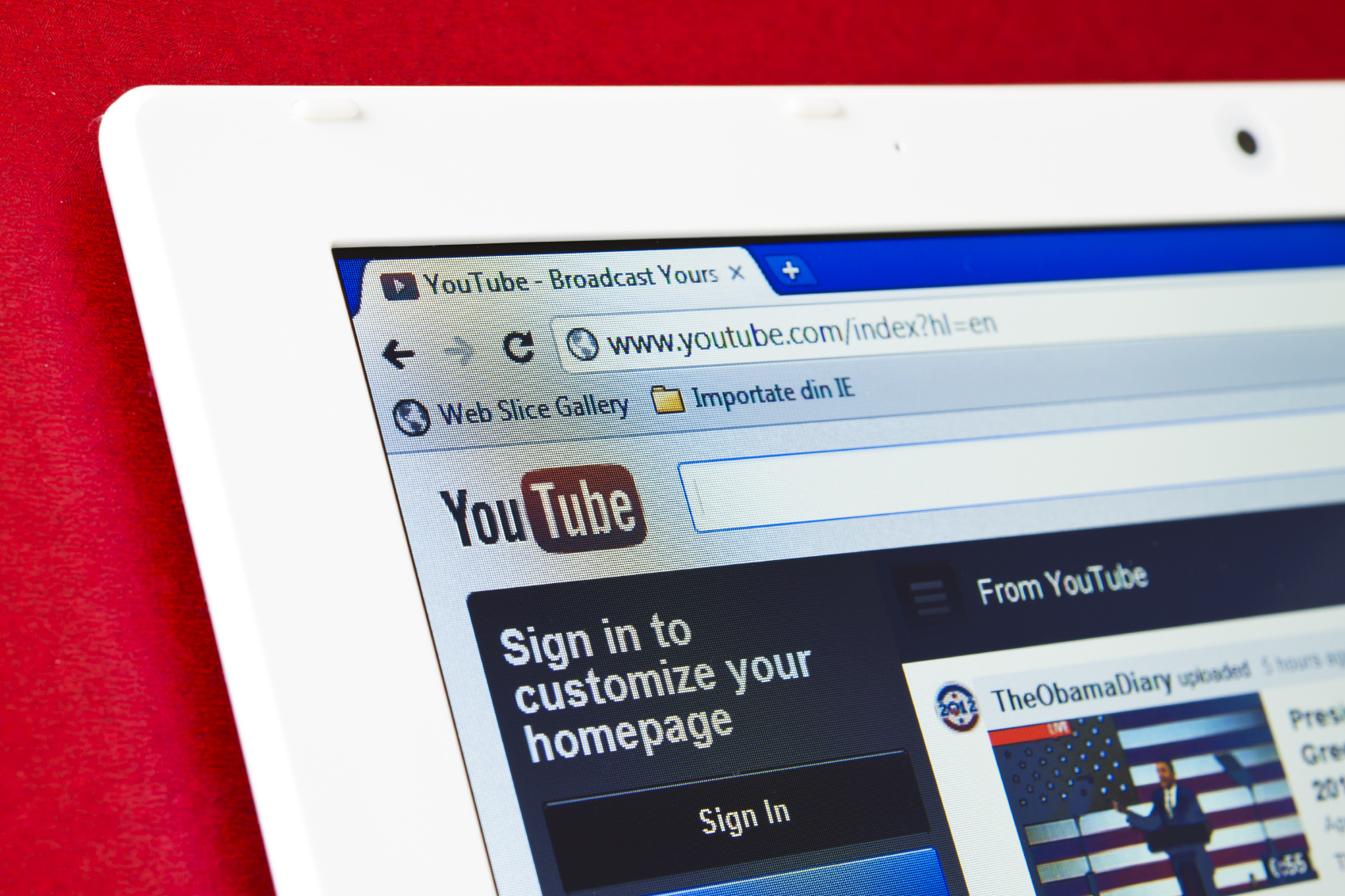What Happened
During this Sunday’s VMAs broadcast, MTV’s official Vine account outshone the channel’s performance on other social networks, including Twitter, Facebook and Instagram. While much of the conversation surrounding the annual award show happened on Twitter, it was Vine that had the most interactions among all social media, with the top vine video amassing nearly 11 million plays.
What Brands Should Do
Vine’s endlessly looping, six-second-long format made it a perfect platform to disseminate and consume the viral moments of media events in bite-sized portions in real time, something that most brands should leverage into their social media efforts. Essentially gifs with sound, Vine offers the perfect format for brands to create short-form viral content to engage their fans with. Plus, its deep integration with Twitter no doubt helps to expand its reach as well, as Vine videos are natively embedded in tweets.
Source: Digiday
Header image taken from MTV’s Vine Account Page
